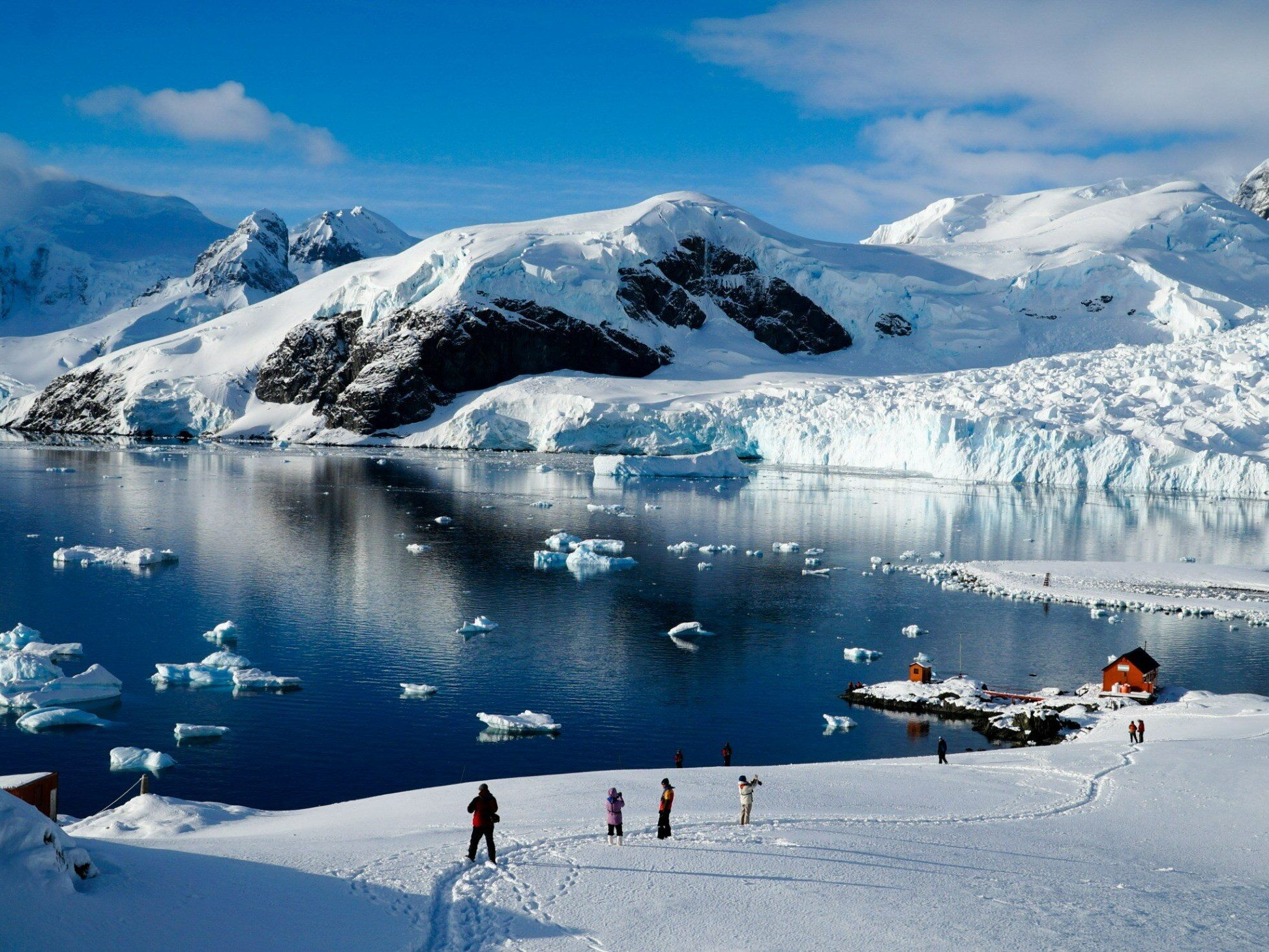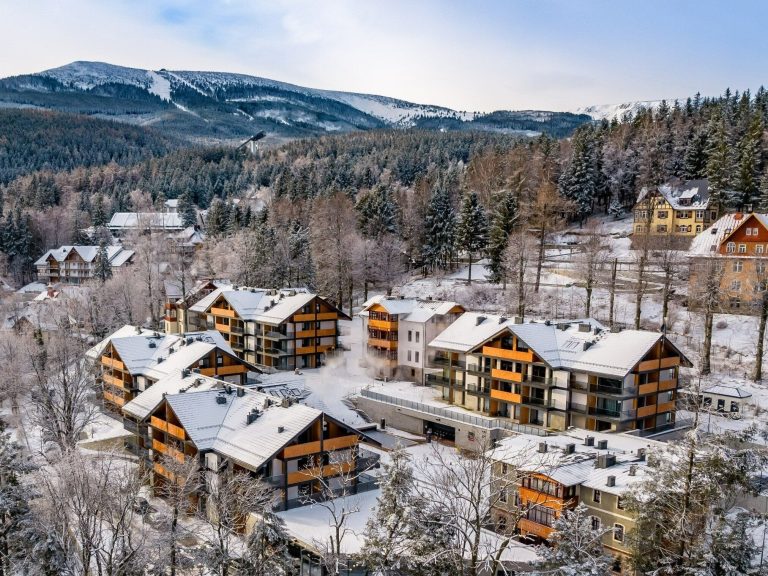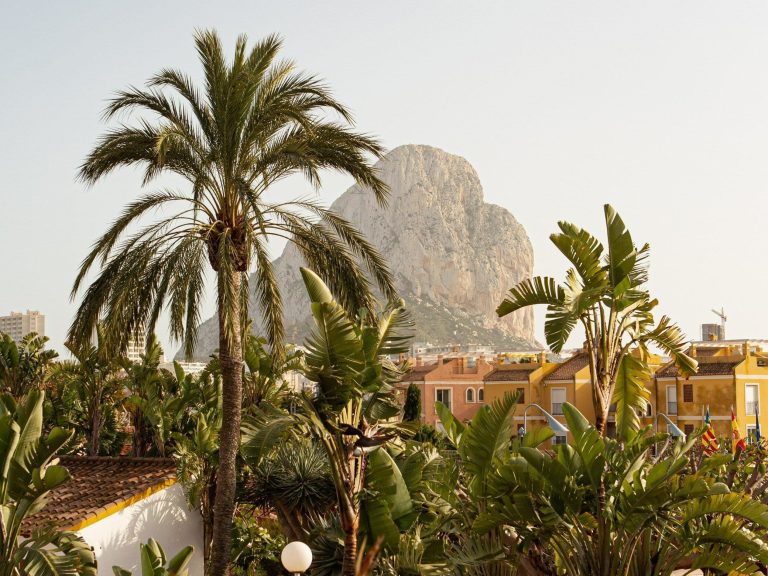Tourism in Antarctica is becoming more and more popular. Some people think it should be banned

This season, the number of new visitors to Antarctica will exceed 100,000, an increase of 40 percent compared to the previous record. Is there anything to be afraid of?
For years, the seventh and most intriguing continent on Earth was an unreachable place for the average tourist. Antarctica, although it has an area almost twice as large as Australia, seemed completely invisible and omitted when planning subsequent trips. Today, this “white spot” on the world map is gaining an increasing number of curious visitors, but not everyone likes this state of affairs. There are voices that we should ban tourism in Antarctica.
More and more tourists choose Antarctica
Trends show that this winter the number of tourists on the icy continent will exceed one hundred thousand, thus beating last year’s result by almost half. “We see an urgent need to properly manage this industry and its impact on a very delicate and rapidly changing environment,” says Claire Christian, director of the Antarctic and Southern Ocean Coalition, quoted by the BBC. It is an organization of non-governmental institutions that was entrusted with the mission of protecting Antarctica (Antarctica and the surrounding islands and ocean) 40 years ago.
While experts are warning about the extremely low ice level in Antarctica, more and more wealthy tourists come to the island, trying to outdo each other with increasingly bold ideas to see something unique and inaccessible to average eaters. “The International Association of Antarctic Tourism Operators (IAATO) currently has 95 ships in its catalog, including 21 yachts,” we read. Tour operators are offering better and better attractions to tempt tourists to spend a fortune. Classic boat and pontoon trips are starting to be replaced by submarines, kayaks and helicopters.
Tourists are not always welcome here
Although the IAATO organization strictly follows environmental protection rules, not everyone likes the presence of tourists on the island. Researchers dealing with the natural environment recommend that before leaving, we carefully analyze our motivation and remember that we will always leave a trace behind us – no matter how eco-friendly the trip we choose. Adventure tourism is spreading not only on the coast – it reaches far into the interior of the continent, which is helped by planes emitting tons of CO2.2, which then land, emitting exhaust fumes and destroying pristine areas. Tourists melt snow on the island, and the clothes they wear may carry bacteria that are harmful to the local environment. “Every time I go there, I make a moral decision about whether what I’m doing is worth the effect,” said one of the researchers.






